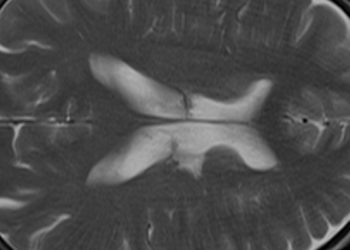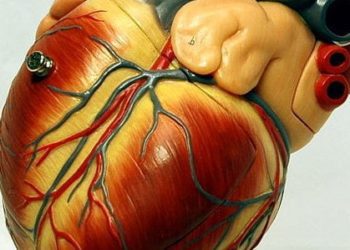Childhood injuries caused by falling televisions on the rise
Image: PD
1. During 1990-2011, TV-related injuries occurred in 2.43 per 10,000 children.
2. Injuries related to falling TVs increased by 95% over the study period.
Evidence Rating Level: 2 (Good)
Study Rundown: Falling televisions are significant sources of morbidity within the pediatric population. Greater than 99% of American households have televisions, and, despite the well-known risk of tip-over injuries, there are currently no television safety standards that address television stability.
The current study used data from the National Electronic Injury Surveillance System (NEISS) to evaluate injuries among children, less than 18 years of age, treated in emergency departments. Over the 22 year study period, 380,885 patients presented with television-related injuries. Television-related injury rates, including those sustained by patients falling into televisions, injuries sustained while moving televisions, and those caused by falling televisions remained steady at 2.43 injuries per 10,000 children per year. However, when mechanisms of injury were analyzed separately, injuries associated with falling televisions increased significantly over the study period, while television-related injuries secondary to other mechanisms decreased. While this study may underestimate the number of TV-related injuries per year due to reliance on emergency department presentation, the results suggest a greater need for TV-related injury prevention strategies. Increased education, availability of TV stabilization devices, and redesign of televisions to increase stability may all aid in reducing television-related morbidity.
Click to read the study, published today in Pediatrics
Relevant Reading: Television-related injuries in children—the British Columbia experience (J Pediatr Surg)
In-Depth [retrospective cohort]: This study analyzed data collected by the NEISS, a surveillance system that collects consumer product-related injury data from ~100 emergency departments across the United States. TV-related injuries in patients under 18 years of age were included for analysis. During the 1990-2011 study period, 380,885 children were injured by televisions. On average there was an annual TV-related injury rate of 2.43 per 10,000 children. The median age of patients was 3 years, with 64.3% boys. The overall television-related injury rate during the time period remained steady, but the rate of injuries specifically associated with TVs falling onto patients increased by 95.3% (p < 0.001), while the rate of injuries related to a patient striking the TV decreased significantly by 71.9% (p < 0.001). TV falls were found to be 3.04 times more likely to lead to a diagnosis of concussion and 2.18 times more likely to cause a soft tissue injury.
By Emilia Hermann and Leah H. Carr
Reviewed by William V. Raszka, MD
More from this author: AAP urges bottle feeding over breastfeeding in mothers with HIV, Pediatric influenza burden remains high despite new vaccination recommendations, Community hospitals rely on greater CT use to diagnose pediatric appendicitis, Cow’s milk consumption linked to increased vitamin D and decreased iron stores in early childhood,
© 2013 2minutemedicine.com. All rights reserved. No works may be reproduced without expressed written consent from 2minutemedicine.com. Disclaimer: We present factual information directly from peer reviewed medical journals. No post should be construed as medical advice and is not intended as such by the authors, editors, staff or by 2minutemedicine.com. PLEASE SEE A HEALTHCARE PROVIDER IN YOUR AREA IF YOU SEEK MEDICAL ADVICE OF ANY SORT.









